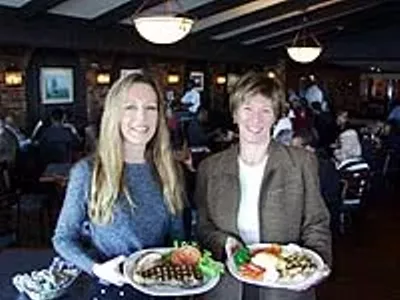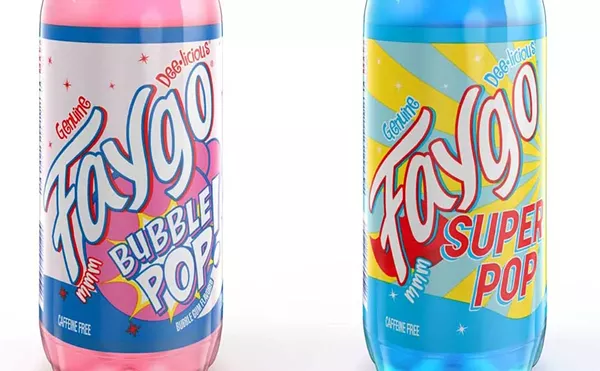When you’re young and healthy, it’s hard to think about a “healthy lifestyle.” But last summer I was forced to come to grips with the idea that if you eat better, you live longer.
Thanks to my rail-thin constitution and speedy metabolism, I had developed a nice case of hypoglycemia, which means that whenever I ate a lot of sugar, I would feel sick and then want more sugar.
No, I’m not complaining — everyone has this tendency to some extent. Refined sugars are a quick and easy source of carbohydrates, but after the initial rush, our bodies are filled with insulin. We then enter a vicious cycle of cravings, which can eventually lead to the inability to process sugars at all — which is diabetes.
The worst – or the maybe the best – thing about hypoglycemia is that it’s 100 percent preventable through diet.
So I began to dabble with macrobiotics, a diet based on whole grains and vegetables, with soups, beans and sea vegetables filling out the regimen. Occasionally you eat fish, fruits and nuts.
Macrobiotics is one of those holistic approaches to diet and lifestyle based on, well, the old cliché of “you are what you eat.” There are some good books and a Web site (www.macrobiotics.org) by founder Mishio Kushi that explain the rationale. Basically, it says that fats, sugars and protein — not to mention additives and all the other junk found in the average American diet/lifestyle — are a big reason for our collective state of unhealthiness.
So that’s where I thought macrobiotics might help me. Vegetables, grains and beans are excellent sources of carbohydrates because they are processed slowly. Kind of like a time-released energy source.
But, like anything good for you, macrobiotics takes a lot of discipline. Benjamin Franklin once wrote: “Reason is what you use to justify what you wanted to do in the first place.”
While driving past Wendy’s, it’s so easy to say to myself, “Why should everyone else get to eat fast food and not me?” Plus, unhealthy food tastes good! And it’s damn convenient. I’m afraid I’ve had trouble beating that logic, and I head through the drive-through whenever the urge strikes.
There are subtler downsides to macrobiotics too. Like the time the bagger at the grocery store held up my arame so that she and the checkout girl could have a good laugh at my expense. As if I weren’t standing right there!
“It’s a sea vegetable,” I mumbled, embarrassed.
Then, there was the agar-agar incident. Agar-agar is used as a thickener in soups — kind of like a natural gelatin. (Did you know gelatin is made from cows’ hooves?) I had some along with the rest of the macrobiotic grains and beans that occupy a shelf in my kitchen cabinet. Anyway, the agar-agar had spilled out of the package, thickened like it would’ve done in a soup and became a big sticky mess. Not fun.
The worst part about macrobiotics is that it’s just not cool, as my friends have pointed out, especially when they notice that the introduction to Kushi’s cookbook is written by John Denver.
As I sat down to a plate of brown rice, endive and soy sauce, I couldn’t help but notice the irony of Denver, who spent all those years suffering through a good diet, only to be killed in a plane crash. It made me run out and eat a hamburger.
TREATS
Hungry kids in Oakland County can have a free evening meal on Tuesdays, Wednesdays and Thursdays at the Kids’ Café at the Baldwin Center, 212 Baldwin in Pontiac. A local project of the Food Bank of Oakland County and ConAgra, a major food distributor, it’s part of a national effort to stop kids’ hunger. Visit www.secondharvest.org for more info. … Meet racing legend and winemaker Mario Andretti at a special dinner this Monday, March 5, at Paesano’s Trattoria (3411 Washtenaw, Ann Arbor). Tickets are $68 per person, call 734-971-0484 for reservations.
Got a food tip? Write Eater's Digest c/o the MT, or e-mail [email protected]





